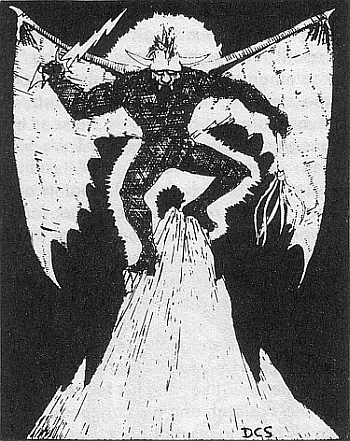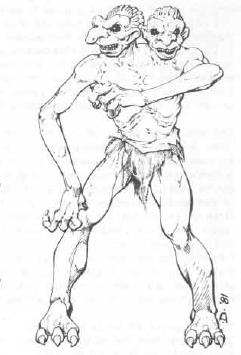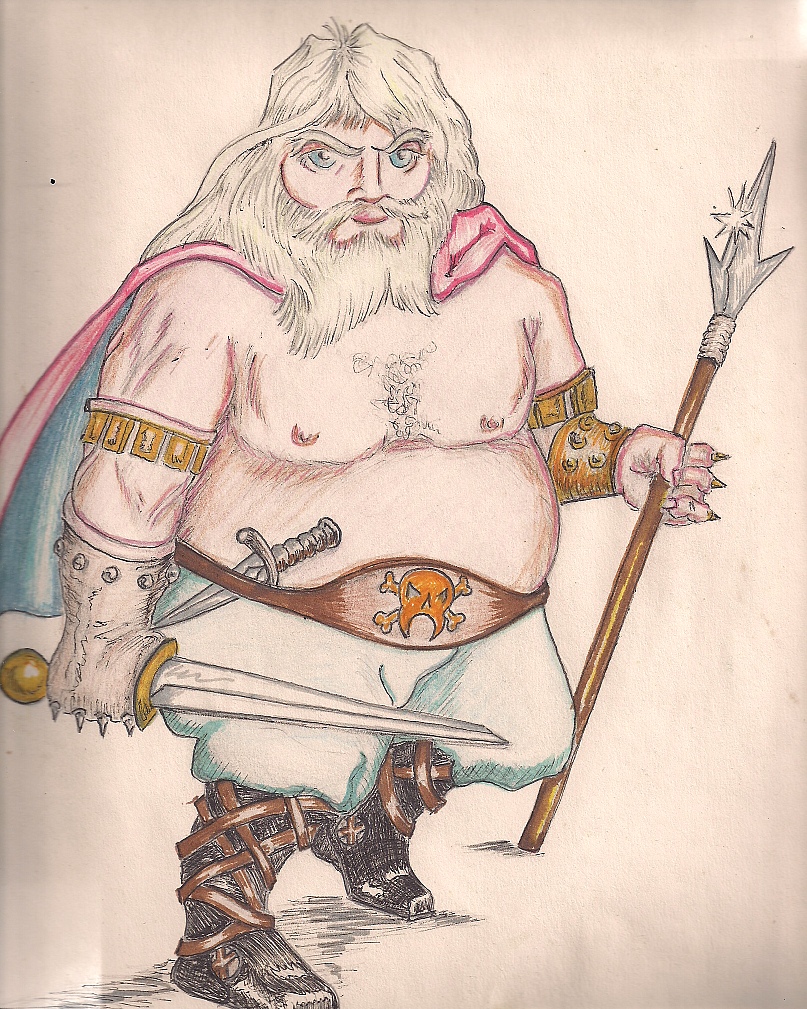Day 18: My Favorite Immortal/Outsider

Back in my 1E days before I joined the Army, we didn’t ever really have just one GM. I ran games. Fred ran games. Big Greg ran games. Ben ran games. Little Greg ran games. We shifted GMing around a bit. With our 1E games, we sort of had a shared campaign set at least somewhat in the World Of Greyhawk. We each had a stable of characters. I didn’t always run Lord Korbok. Some of the time, for example, I was Morgaf the elf wizard. Later on, I had a Morgaf the elf cleric. I have no idea why, but I do remember enjoying cleric Morgaf more than wizard Morgaf.
When not running our characters, we’d make up tales about our characters, and these tales sort of became part of the lore of the campaign, even though they weren’t necessarily ever anything that actually got played out at the table. This is how Lord Korbok ended up with Balor as his archenemy.
Balor was a Type VI demon. Balor was his name, not the sort of monster he was. I don’t remember ever any character actually facing Balor in a game, but he was there, lurking in the background as sort of a metaplot device. If I was running Lord Korbok and he encountered demons, he would wonder, “Did Balor send them?” When I ran games, if demons were part of the adventure, I’d wonder, “Should Balor be involved?”
I can’t say for certain, but this is probably where I first got hooked on the idea of a power-behind-the-scenes villain for a campaign. When I ran the lengthy Man Day Adventures 3E campaign revolving around the Chalice of Dawn, the Deathless One was this sort of villain for much of the campaign. The Deathless One was the uber-lich that the players were tricked into freeing, thus unleasing Nerull’s champion to plague the world. The PCs met him once. Then for the longest time, the Deathless One was just a name rumored to be the source of one evil after another.
The power-behind-the-scenes has been a part of every lengthy campaign I’ve ever run for as long as I can remember. The names, goals, powers, et cetera change from campaign to campaign, genre to genre, but the basic idea remains the same, and it all gets traced back to a part of gaming that I don’t remember ever actually having gamed.



